When I walk through the grand corridors of the Royal Palace of Caserta in Italy, I can’t help but notice the irony. Such incredible splendor grew out of a family wracked by turmoil. This palace, with its 1,200 rooms and more than 47,000 square meters, claims the title of the largest former royal residence in the world.
The Bourbon kings of Naples built it in the 18th century. Today, it stands as a UNESCO World Heritage Site—a monument to royal ambition and the tangled legacy of a dynasty that, in the end, lost it all.
They dreamed up the palace as Italy’s answer to Versailles, a pretty bold move. I picture King Charles III of Bourbon, the man who ordered this massive project, striding these halls, determined to outdo his French cousins. The recent visit of today’s King Charles III and Queen Camilla to Italy makes for an odd echo—modern royalty gazing at the ruins of a fallen dynasty.
Caserta absolutely fascinates me because it captures both stunning achievement and royal overreach. Beneath the dazzling facade and those wild gardens, you find a story of a family whose dreams couldn’t save them. As I wander through, I keep thinking about the dramas, the politics, and the choices that unfolded here before Italian unification swept the Bourbons away.
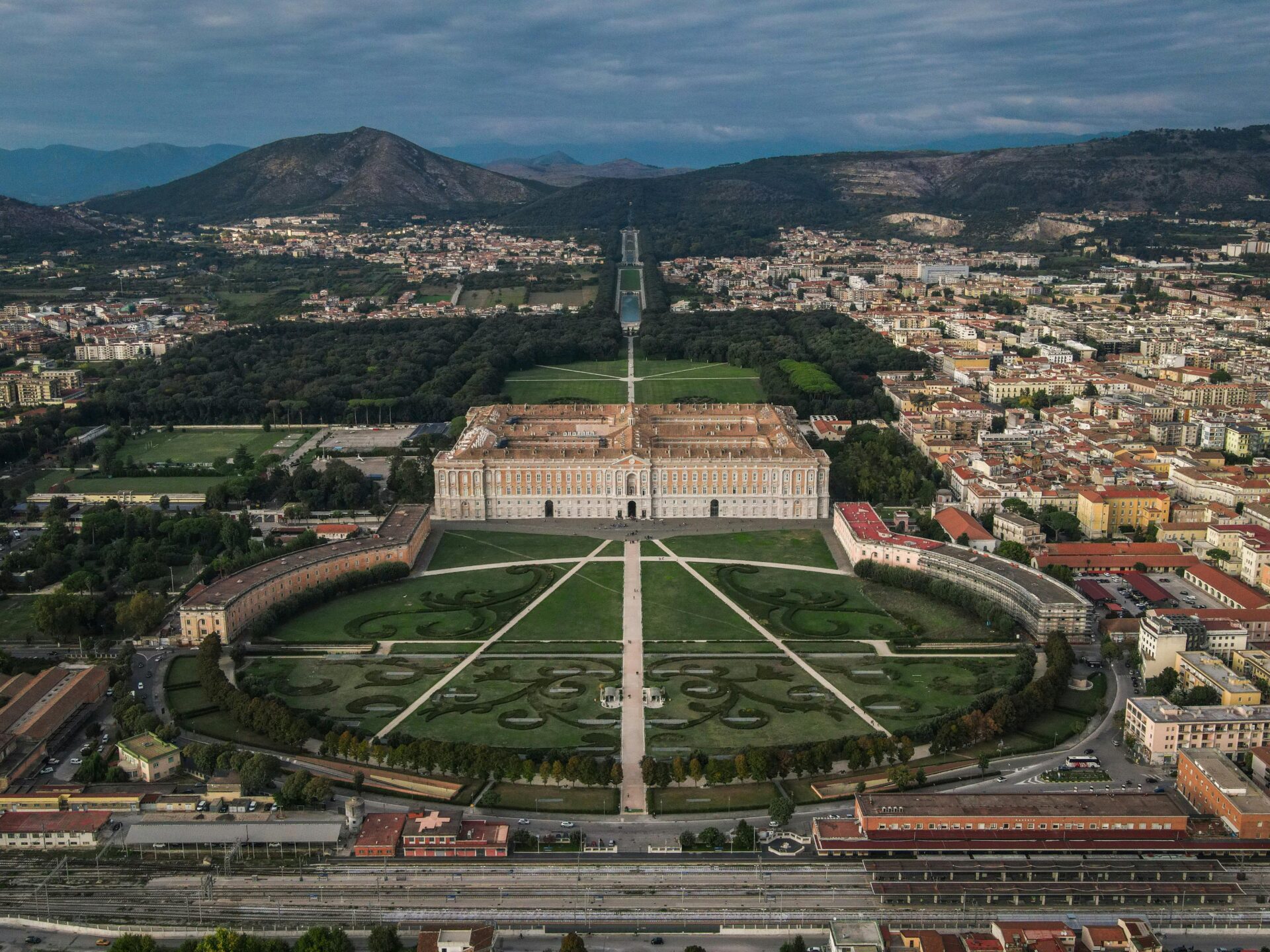
The Legacy of the Star-Crossed Royal Family
The House of Savoy shaped Italy’s story for centuries. They ruled, married, and left their mark on culture in ways that still ripple through modern Italy. Their legacy is complicated, stretching from humble Alpine roots to the throne of a unified country—and then to exile.
Origins of the Royal House of Savoy
The Royal House of Savoy got its start around the year 1000, up in the Alps where France, Switzerland, and Italy meet. I’ve always found it wild that they began as minor counts in the mountains and slowly clawed their way to power.
They used strategic marriages and a knack for war to grow from small-time nobles into dukes, and eventually kings. By the 1700s, they held the crown of Sicily, though they later swapped it for Sardinia.
Political smarts set the Savoys apart. They managed to stick around while other European dynasties collapsed in wars and revolutions.
Their white cross on a red shield became a symbol you still see on Italian regional flags.
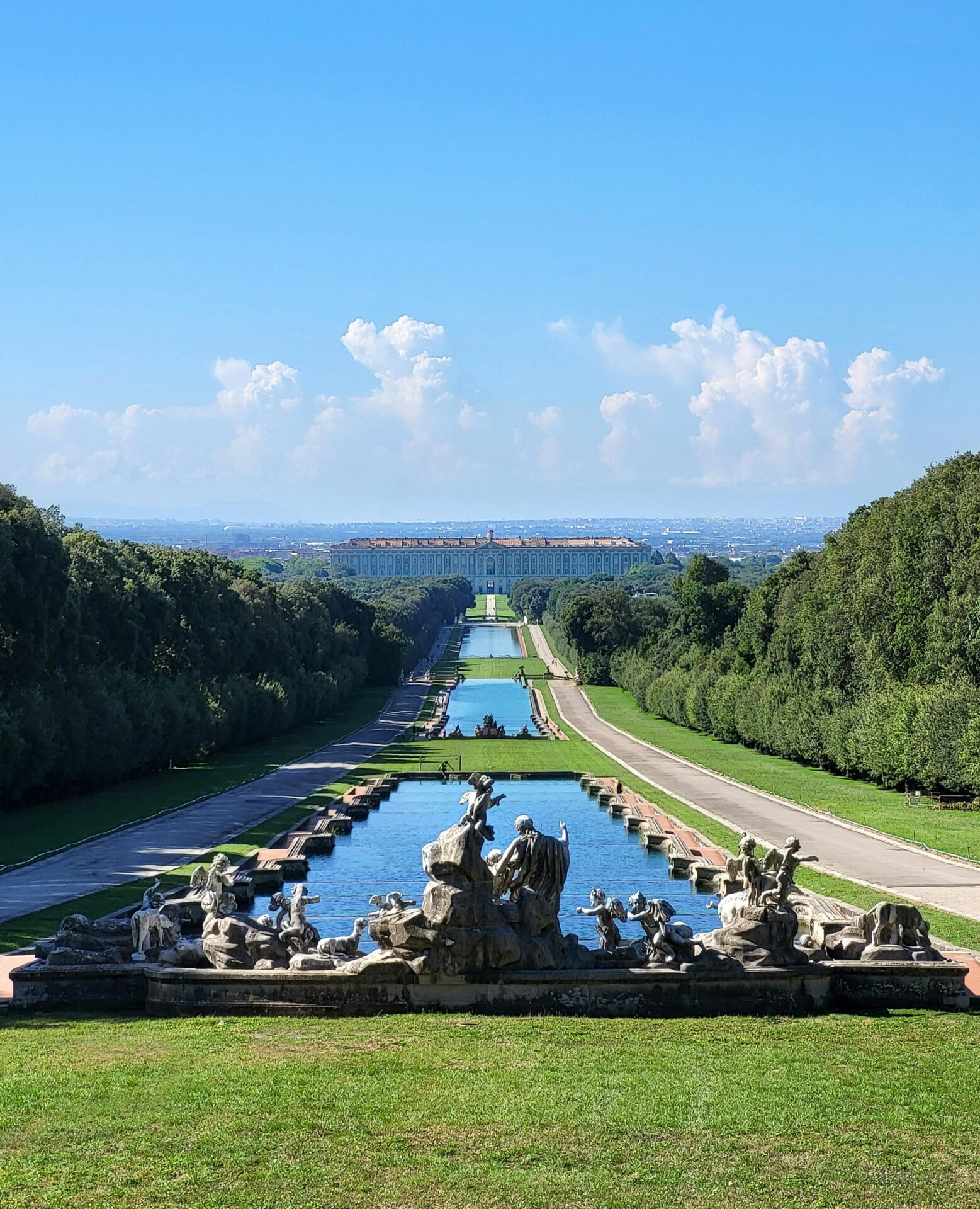
Notable Monarchs and Family Members
Victor Emmanuel II probably stands out as the most important Savoy monarch. He became the first king of unified Italy in 1861, working with Cavour and Garibaldi to make the modern state a reality.
His son, Umberto I, faced a restless country and was assassinated in 1900. Victor Emmanuel III, who ruled through both World Wars, made the call to appoint Mussolini as prime minister in 1922.
Queen Elena, Victor Emmanuel III’s wife, earned a reputation for charity. She came from Montenegro and brought Orthodox influences into the Catholic court.
Not every Savoy marriage worked out well. Like Britain’s royals, who spent summers in Corfu, the Savoys built international ties through marriage, which sometimes led to sticky politics.
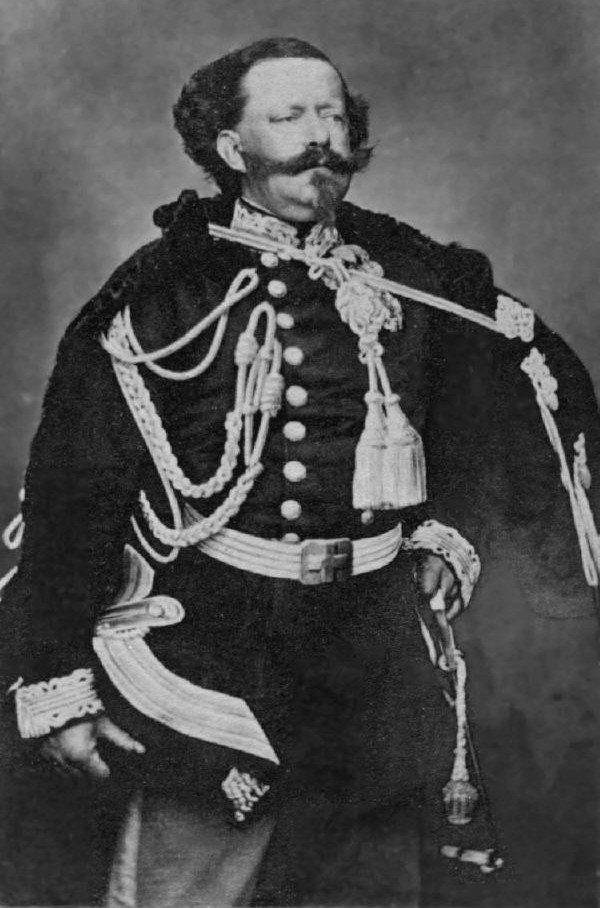
Influence on Italian Culture and History
You see the Savoy legacy most clearly in architecture. I’ve stood in awe at the Royal Palace of Caserta, often called “Italy’s Versailles,” and it really does rival any palace in Europe.
They loved the arts. The Royal Library in Turin holds priceless manuscripts, and their collections fill museums across northern Italy.
Italian unification is their greatest legacy. Despite the later messiness of the Fascist era, you can’t erase the House of Savoy’s role in bringing Italy together.
After Italians voted to end the monarchy in 1946, the male Savoys had to leave the country until 2002. That law shows just how deeply their story—good and bad—shaped Italy’s identity.
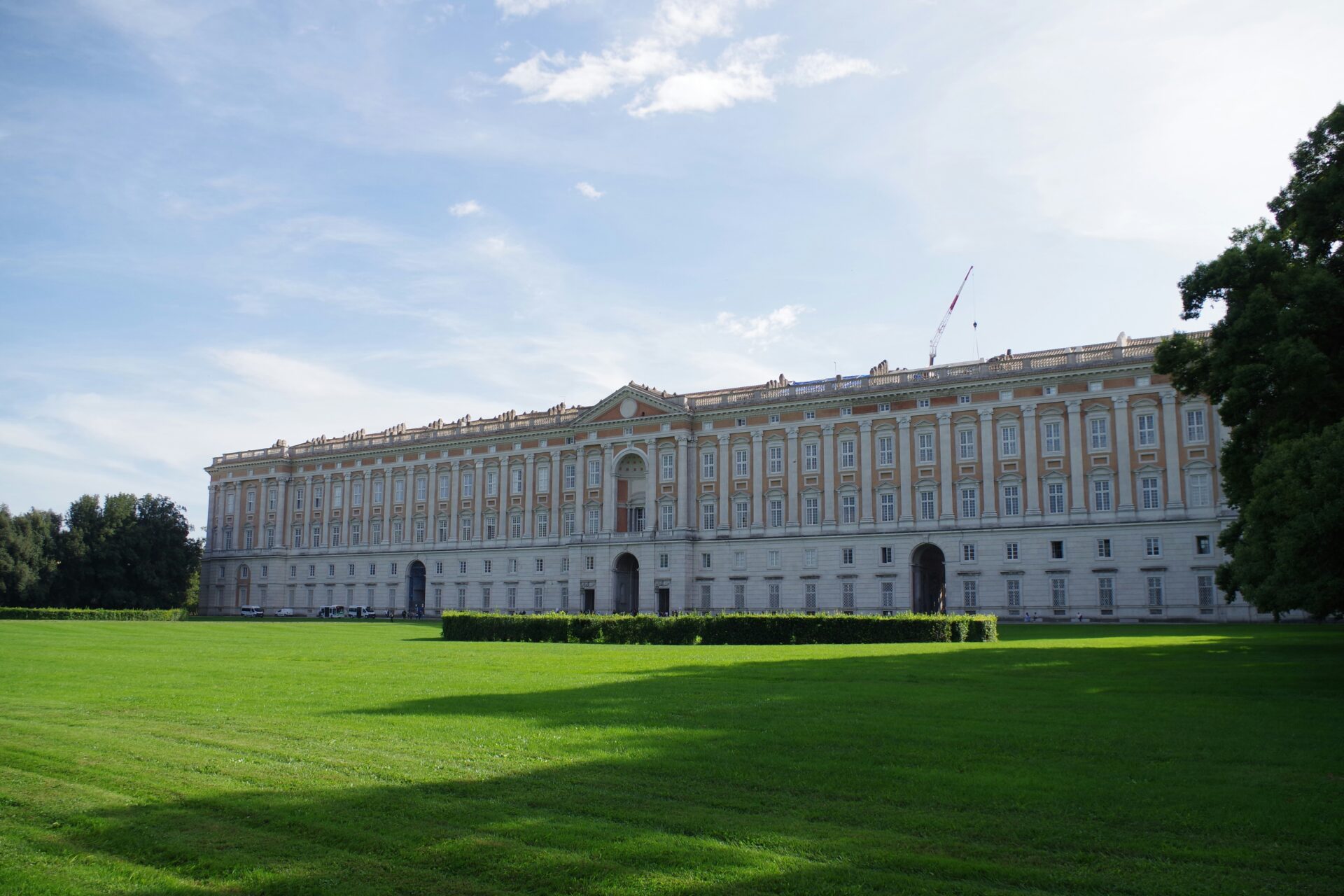
Italy’s Largest Palace: A Marvel of Majesty
The Royal Palace of Caserta stands as one of Europe’s most jaw-dropping architectural feats. King Charles of Bourbon started the project in 1752, and this incredible palace really does go toe-to-toe with Versailles. But it tells a uniquely Italian story of ambition and artistry.
Architectural Grandeur and Design
The first time I saw Caserta, its sheer scale blew me away. Luigi Vanvitelli, the genius architect, put together one of the biggest buildings Europe had ever seen in the 1700s.
The facade stretches a whopping 247 meters, every detail perfectly symmetrical. Inside, you find 1,200 rooms, each packed with frescoes and marble.
The grand staircase is something else—it splits in two, sweeping visitors up to the royal apartments in a show of drama and elegance. The throne room sparkles with gold and huge chandeliers, a clear flex of Bourbon power.
Every room has its own story, and the period furniture and art make it easy to imagine life here in all its glory.

Restoration Work and Preservation Efforts
Conservationists have poured years of effort into saving this place. Since the 1990s, they’ve focused on restoring the facades and interior decorations.
The UNESCO World Heritage designation in 1997 brought in global attention and funding. Skilled craftspeople use old-school techniques to bring back the original paint, gilding, and plaster.
During my visit, I saw work crews in several wings. The conservators explained how they juggle new preservation science with staying true to history.
Money is always tight, but public-private partnerships have kept the work going. Digital tools like 3D scanning now help them capture every detail.

Nature and Surrounding Landscapes
Honestly, the gardens might outshine the palace itself! The park covers 120 hectares, with classic Italian-style gardens right by the palace.
I lost track of time wandering the English garden, stumbling on hidden grottos, fountains, and rare plants. A three-kilometer waterway draws your eyes from the palace all the way to the distant hills.
Nearby, the San Leucio complex adds another layer. The royal family set it up as a silk factory, mixing industry with social experiments.
The gardens change with the seasons. In spring, I caught the magnolias and cherry blossoms in bloom. Summer brings out the roses and water lilies in the fountains.
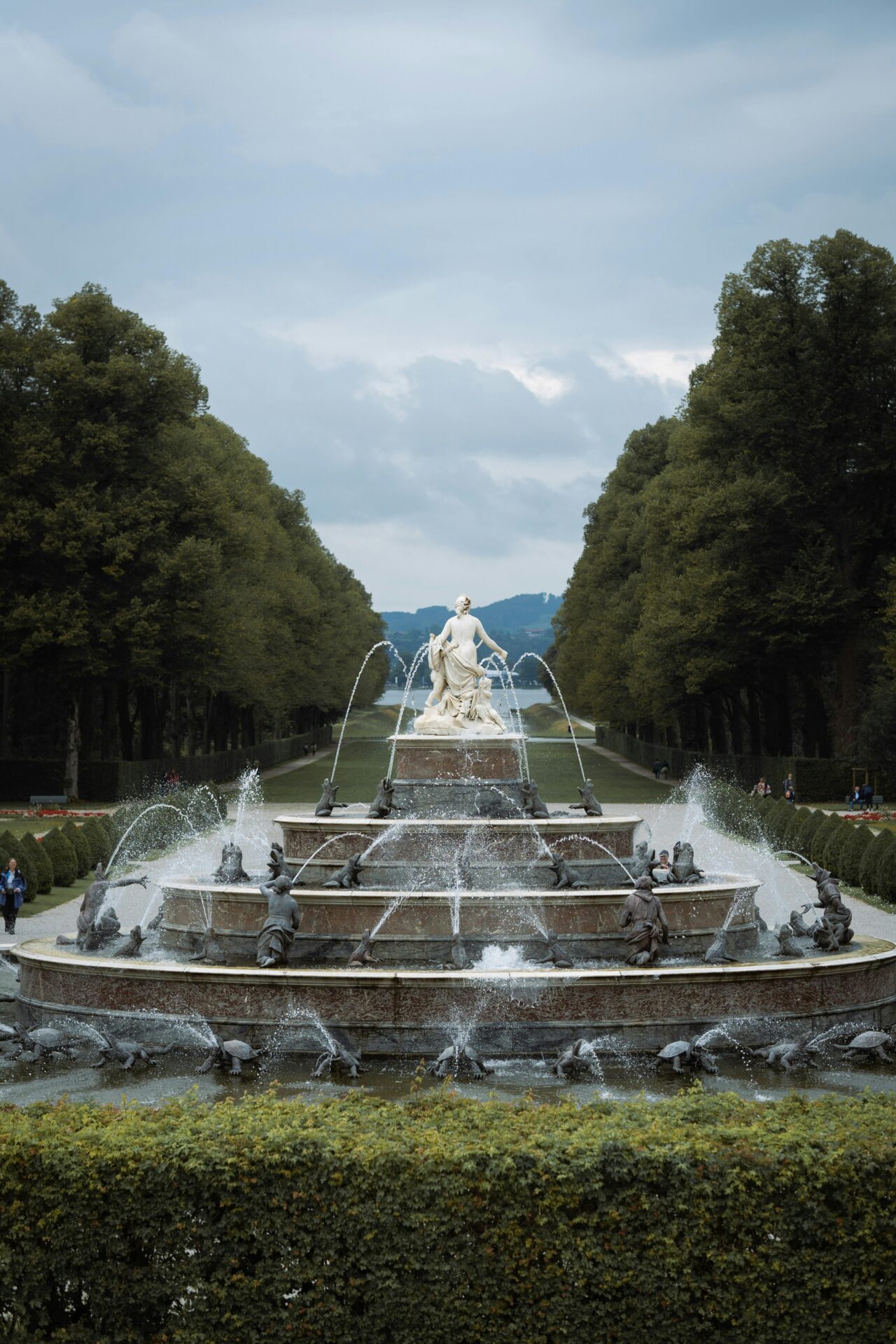
Royal Connections to the Palace
The palace has always anchored royal life, hosting everything from official ceremonies to private family celebrations that helped shape Italy’s royal story.
Symbolism of Ceremonial Welcomes
Ceremonial welcomes at Caserta still follow age-old traditions. When dignitaries arrive, staff greet them with protocols designed to show off the palace’s splendor and Italy’s deep cultural roots.
Recently, King Charles III and Queen Camilla experienced this during their 2025 state visit. Italian President Sergio Mattarella welcomed them at the Quirinale Palace with full honors.
These welcomes include military parades, music, and processions through the grand halls. Every detail holds meaning, reflecting the long ties between royal families and the Italian state.
I’ve watched a few of these ceremonies, and the sharp uniforms and traditional costumes always wow the crowd.
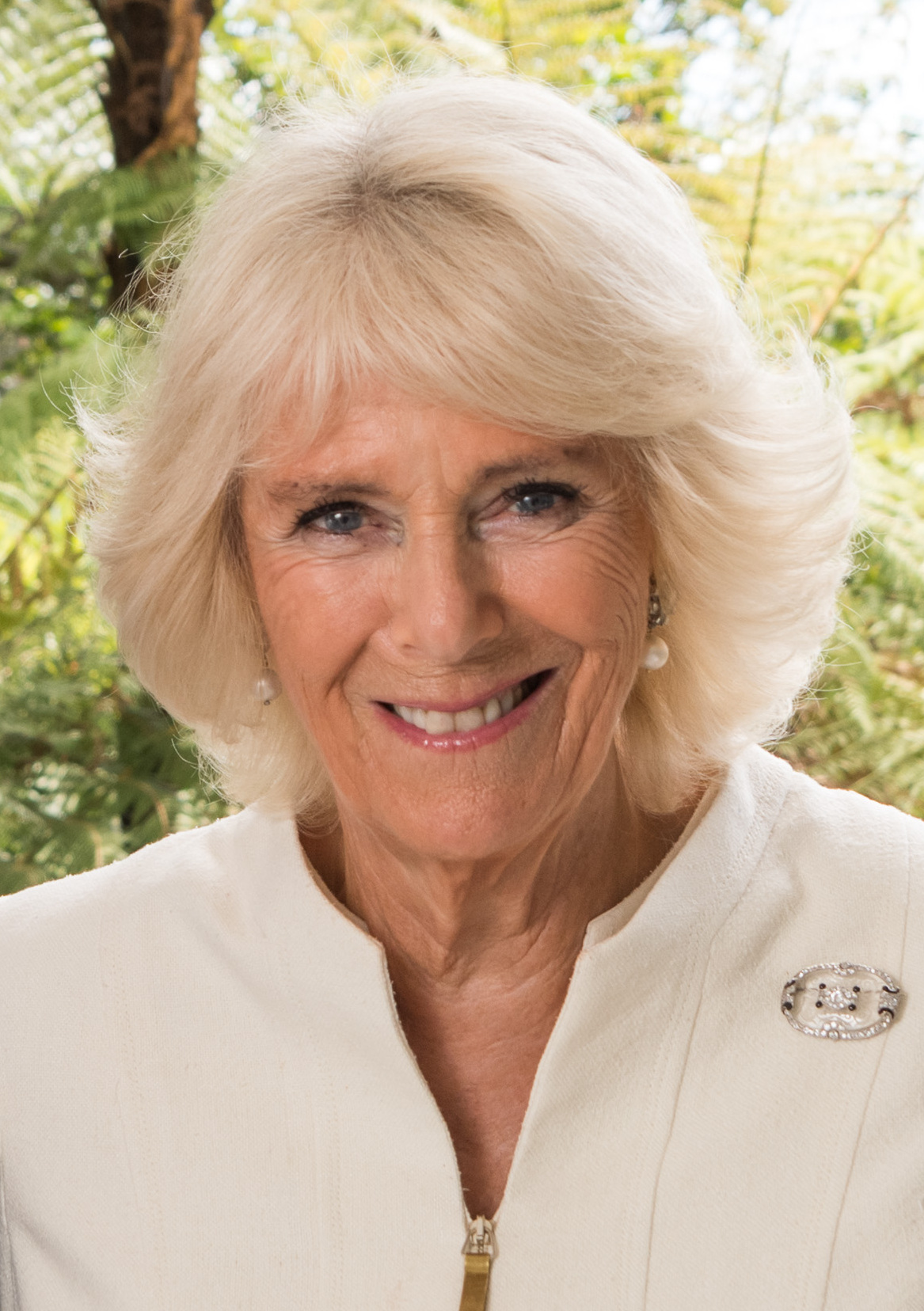
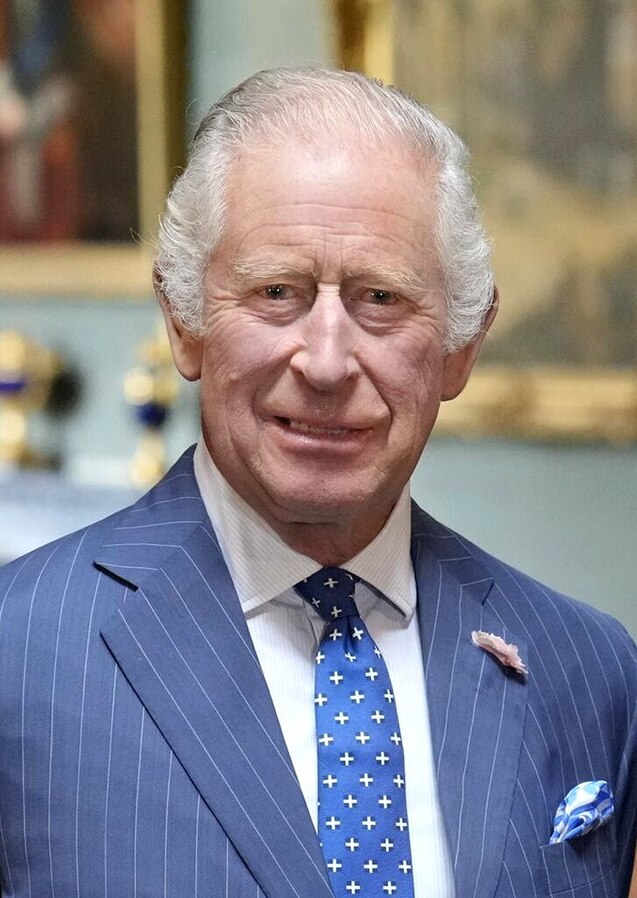
Weddings, Anniversaries, and Family Celebrations
The palace has seen its share of royal family celebrations. Royal weddings often wind through the ornate state rooms, with parties spilling out into the gardens.
Some memorable events:
- The 20th wedding anniversary of Prince Emanuele Filiberto and Princess Clotilde (2023)
- Christenings in the palace chapel
- Coming-of-age parties for younger royals
- Holiday gatherings that unite the extended family
These moments mix private joy with public tradition. Palace staff spend months preparing, making sure every detail honors royal standards and family customs.
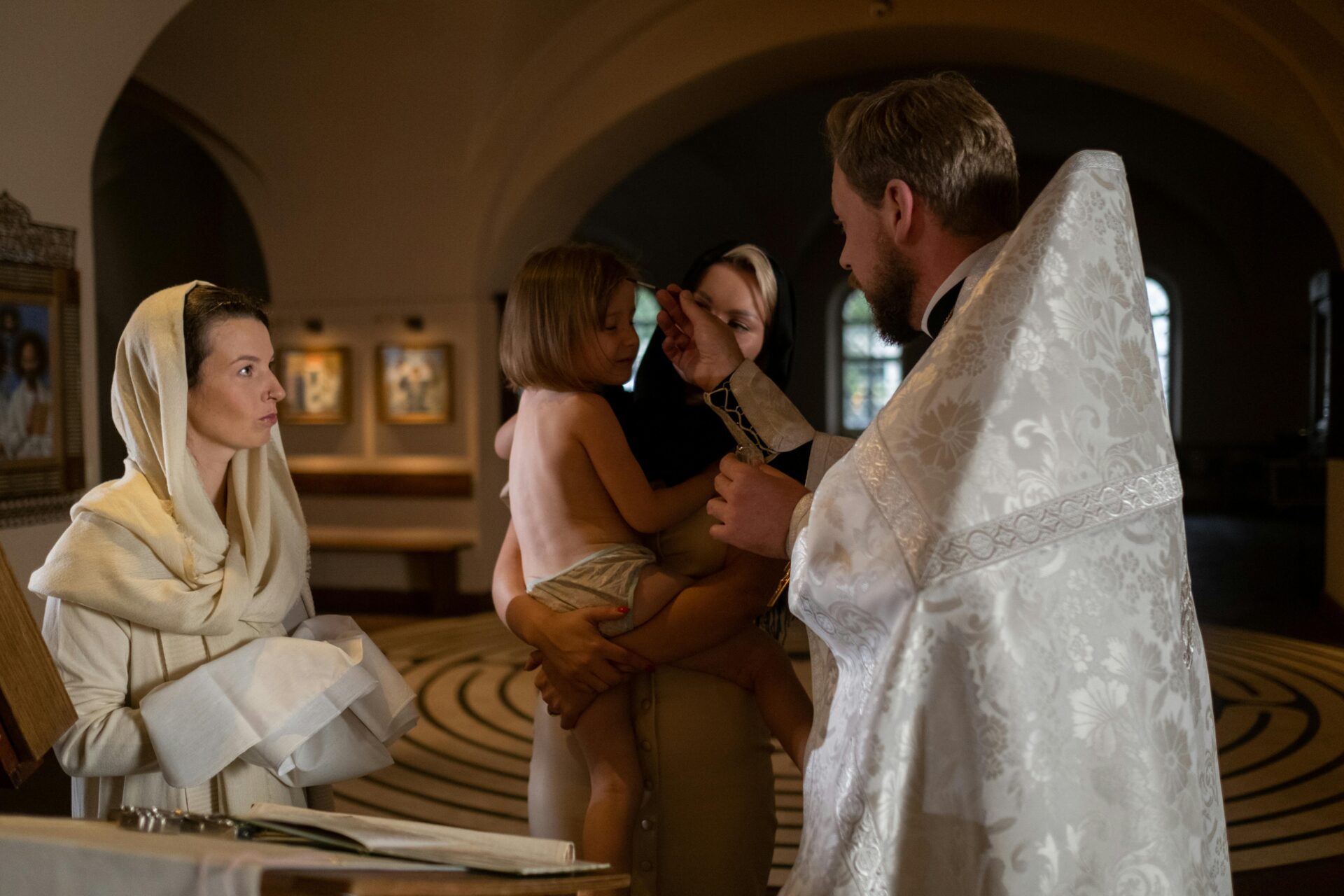
Enduring Traditions and Public Duties
Royal events at Caserta still follow protocols from the House of Savoy’s days. The royal family keeps a calendar full of public duties, many centered on the palace as a symbol of history.
These include:
- Charity galas in the ballroom
- School tours
- Cultural preservation projects
- Seasonal open houses
I’ve noticed how today’s royals blend old traditions with modern touches. They tweak centuries-old ceremonies to connect with visitors but keep the spirit of royal life alive.
The palace isn’t just a museum—it’s still a working building, where royal duties shape its meaning for Italians.
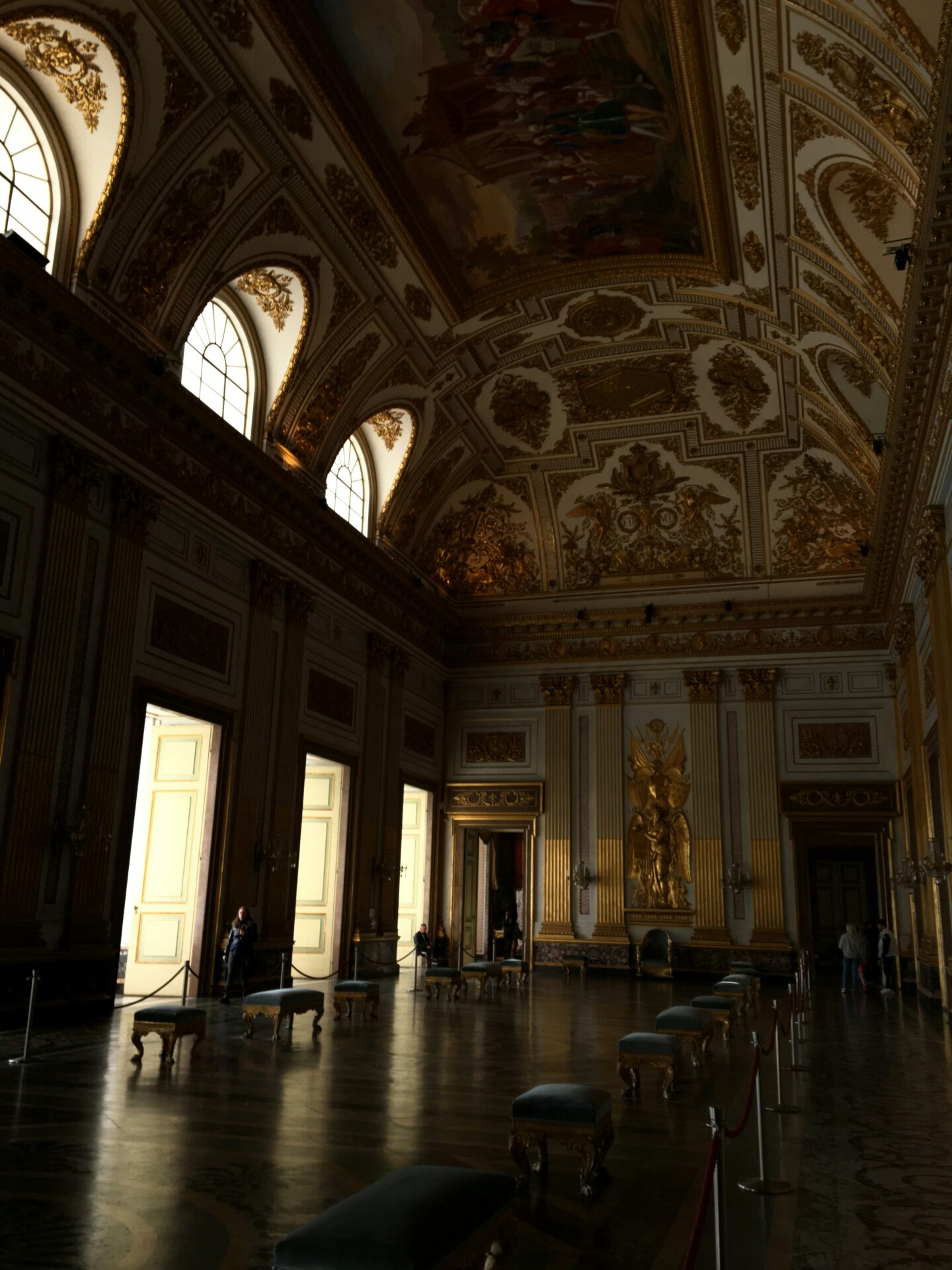
Historic Visits and International Diplomacy
The royal family’s presence at Caserta has always played a key role in Italy’s diplomacy. They’ve hosted foreign leaders and joined in ceremonies that strengthen international bonds while spotlighting Italian cultural heritage.
State Visits to Italy and Formal Banquets
British royals visited during their 2024 state visit, and I watched as more than 30 mounted guards escorted them to the palace. A joint flyover wowed the crowd. The formal welcome at the Quirinale Palace marked a big moment in UK-Italian ties.
State banquets in the palace’s dining hall are legendary. Crystal chandeliers light up tables set with antique silver and porcelain.
The latest state dinner for the British royals in Rome featured a carefully planned menu that highlighted Italian culinary traditions. These dinners set the stage for diplomacy while celebrating shared culture.

Ties with Vatican and Pope Francis
The royal family keeps up special ties with the Vatican, a relationship full of history. I’ve watched their meetings with Pope Francis grow into real conversations about humanitarian work and interfaith projects.
During the last papal audience, family members and the pope discussed joint efforts to fight climate change and help refugees. The Vatican’s archives hold loads of documents about the family’s long relationship with the popes.
Regular visits to Vatican City keep these connections strong. Pope Francis has praised the family’s charity, especially their foundation for disadvantaged youth.

Engagements with Italian Parliament
The royal family’s relationship with parliament is a careful dance. I’ve seen them walk the line between tradition and the realities of a modern democracy.
Their annual addresses highlight shared priorities and celebrate milestones. The parliament’s historic chamber, with its ornate ceiling, makes for a dramatic backdrop.
Recent events have focused on economic recovery, the environment, and cultural preservation. The royal family stays non-partisan, helping bridge political divides and promote Italy’s interests abroad.
Palace in the Broader European Context
The Royal Palace of Caserta shows off Italy’s royal ambitions, sometimes even outshining other European palaces from the same era. Its story stretches beyond Italy, connecting royal houses and surviving major upheavals.

Turin and the Legacy of the House of Savoy
When I visited Turin, I noticed the Savoy family’s palaces offer a totally different vibe than Caserta. The Palace of Venaria, just outside Turin, feels grand but more personal.
The Savoys, Italy’s last royal dynasty, kept several residences across the north. Their style leans toward restraint, a sharp contrast to the Bourbon flair at Caserta.
Turin’s Royal Palace became the political heart of unification, while Caserta stayed a bit removed from those events. I find it interesting that both Savoy and Bourbon palaces became national museums, but each carries its own history.
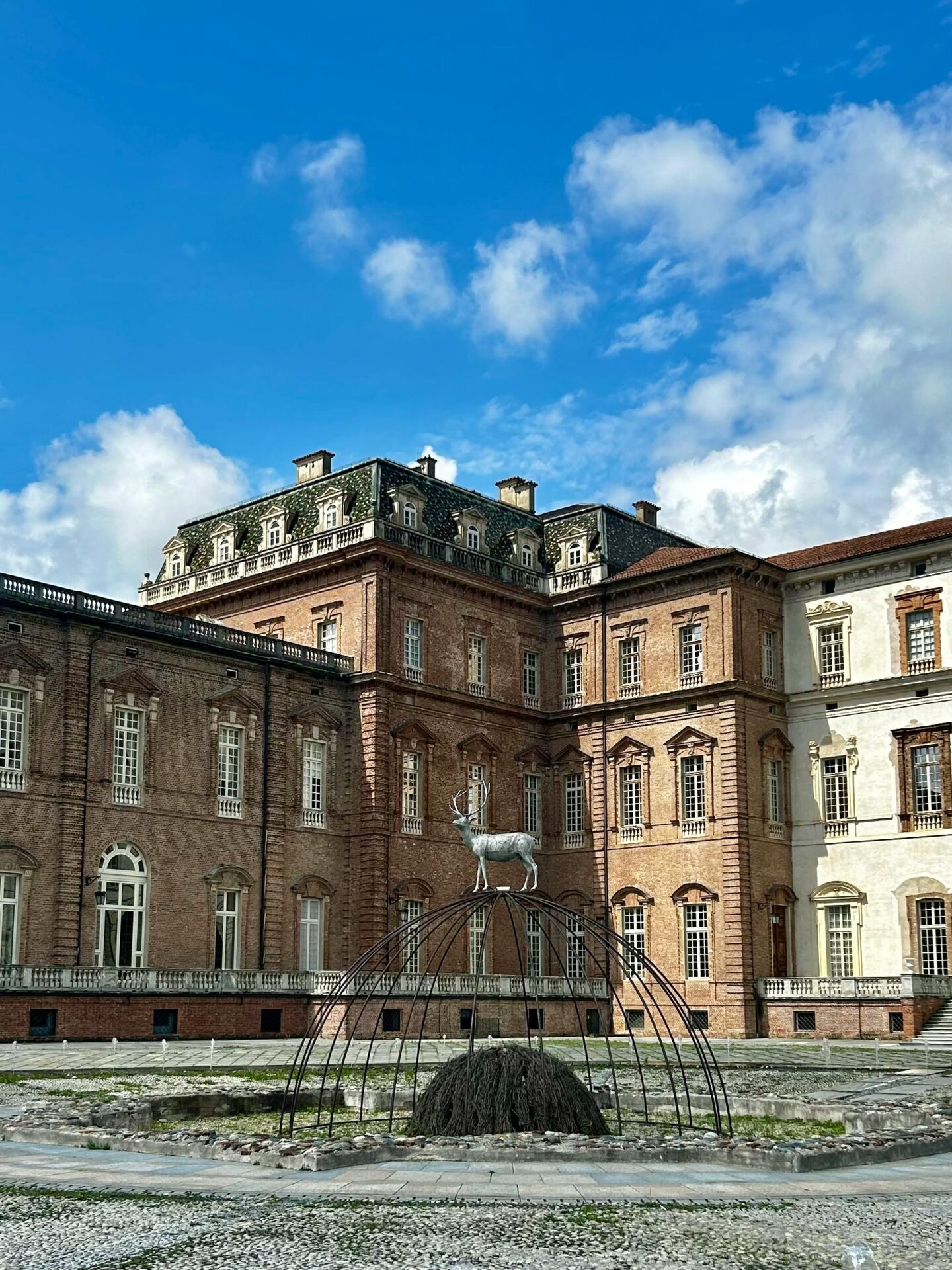
Connections to Buckingham Palace and Windsor Castle
Caserta was meant to rival Versailles, but its links to British royal homes are just as interesting. When I visited Buckingham Palace and Caserta, I couldn’t help but compare how both symbolize national identity.
The British royals and the Bourbons kept up diplomatic ties, although not always smooth ones. Windsor Castle grew over centuries, while Caserta sprang up as a complete vision.
Both palaces have stunning state rooms for entertaining guests, but Caserta’s scale is simply overwhelming. The Bourbons even borrowed some British design ideas for their private apartments.
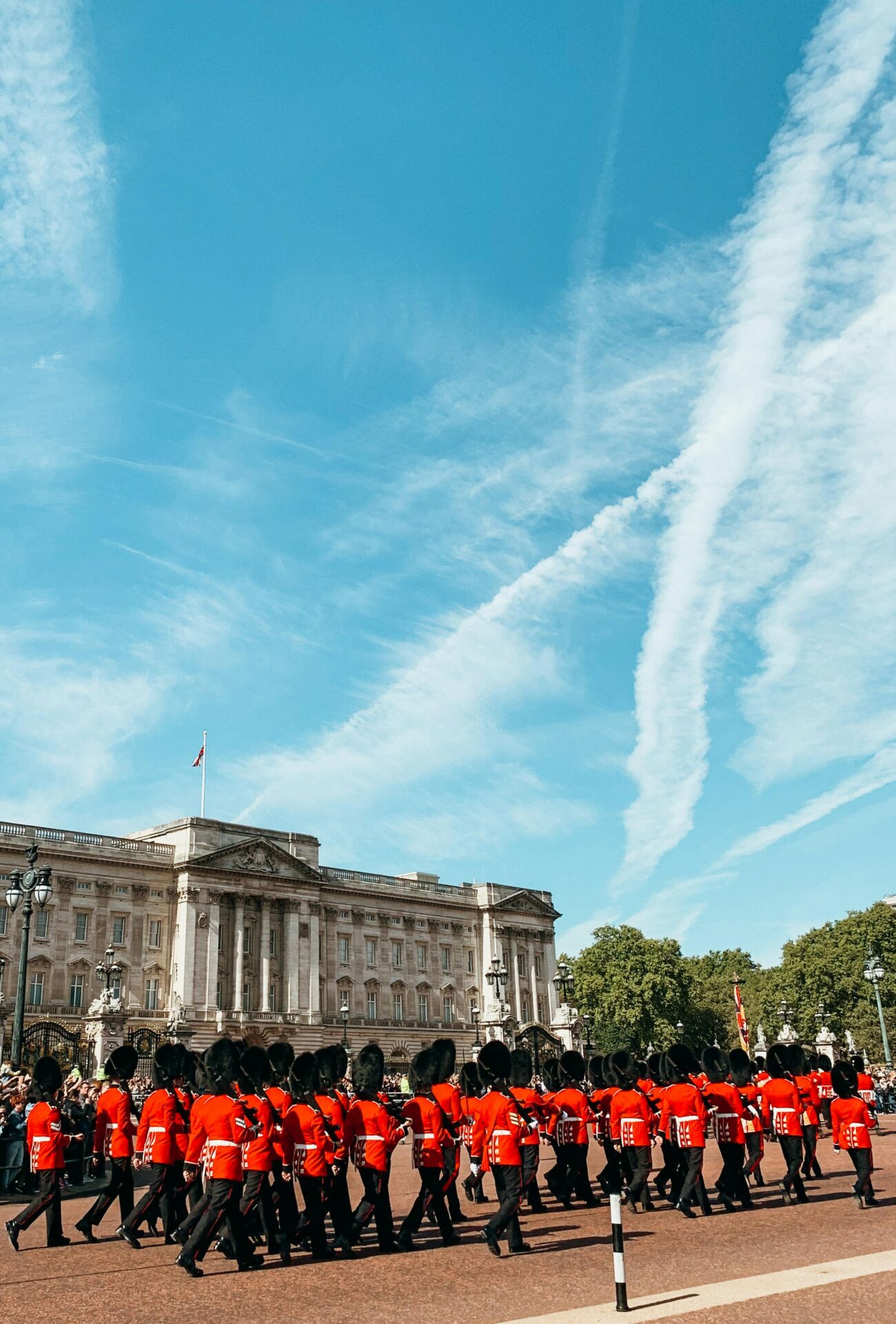
Influence Across World Wars and Political Change
Caserta somehow dodged the destruction of the World Wars, unlike many other palaces. During WWII, it even became Allied Force Headquarters in 1943-44—a wild twist for a royal residence.
I’m struck by how Caserta escaped the fate of places like Villa Wolkonsky in Rome, which the Nazis used as headquarters. Caserta’s survival tells a story of resilience.
After the monarchy ended in 1946, Caserta shifted from royal home to public treasure, much like the Quirinale Palace in Rome. But while Quirinale became the president’s house, Caserta fully embraced its role as a museum, opening its doors to visitors like me.
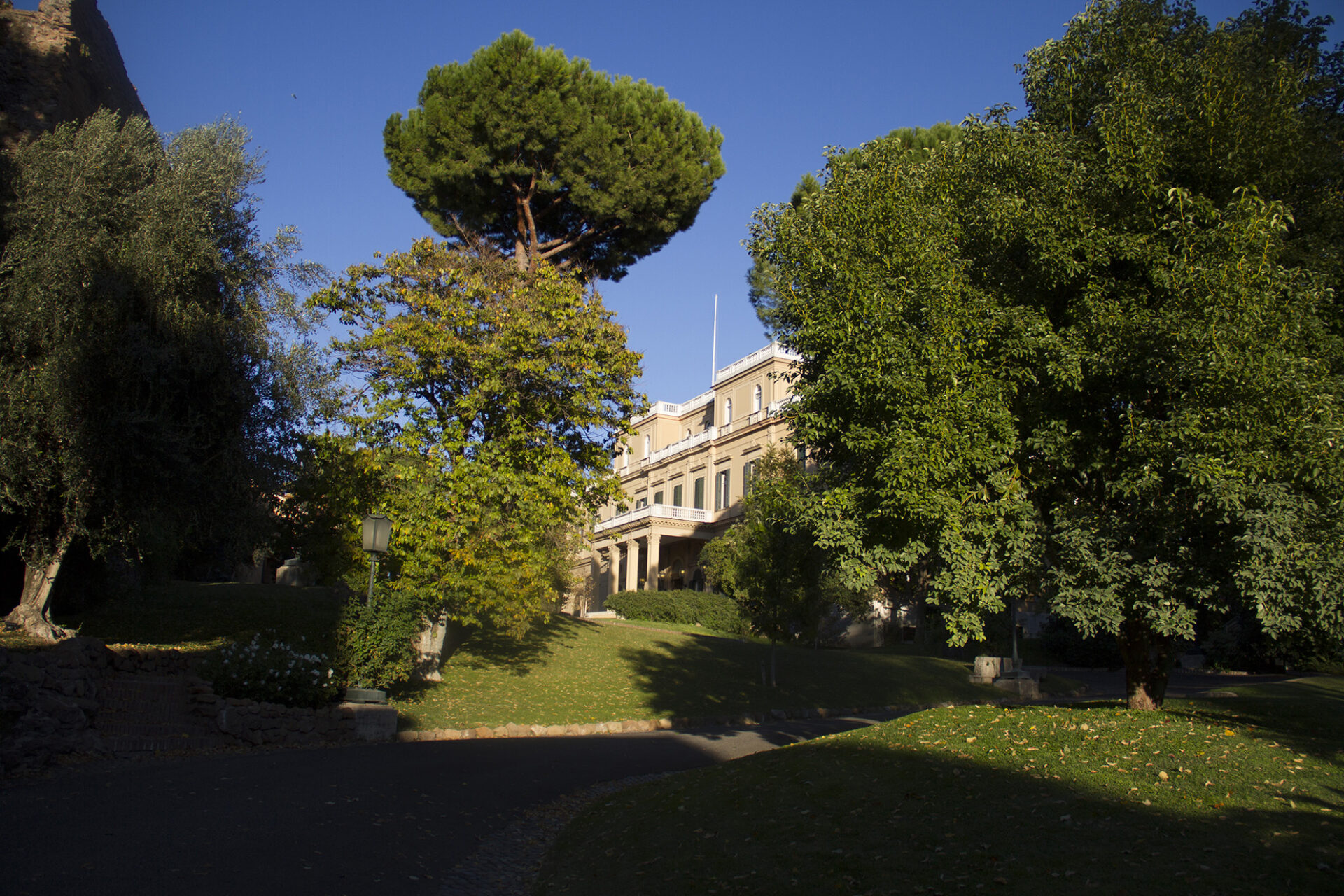
Modern Ceremonies, Challenges, and Cultural Moments
The palace still plays a big role in Italy’s ceremonial life, but it faces new challenges. Its halls juggle tradition and modernity as the royal family deals with health issues, public scrutiny, and their job as cultural ambassadors.
Recent Royal Celebrations and Flypasts
Last year, I watched the Republic Day flypast at the palace. The Frecce Tricolori, Italy’s aerobatic team, painted the sky with the flag’s colors.
The British Red Arrows joined in for a rare joint display—a symbol of deepening diplomatic ties. Palace officials told me it took months of planning.
Royal birthdays and anniversaries now mix tradition with new tech. The latest celebration used digital projection mapping on the palace facade to tell the family’s story in lights.
The gardens host a summer concert series, pulling in international musicians and huge crowds. These concerts have become a highlight of Rome’s summer.

Health, Resilience, and Public Image
The royal family has had a tough time with health lately. The king’s double pneumonia last winter, right after cancer treatment, worried everyone.
I noticed how these struggles made the monarchy seem more human. Their decision to share medical updates openly marked a real change from the old days.
The queen’s steady presence during all this earned her a lot of respect. She kept showing up at events, even under stress.
Palace communications have changed, too. Their social media team now posts regular updates, making the royals feel more accessible.
The king’s first public appearance after treatment, at the Colosseum restoration announcement, drew a wave of public support.

Art, Museums, and the Palace’s Cultural Impact
I checked out the newly renovated Byron Museum wing last month. It’s packed with Romantic poetry manuscripts and art inspired by the poet’s time in Italy.
The palace has really become Italy’s top cultural institution. Its state rooms now show off rotating exhibitions from contemporary artists alongside historical pieces.
Digital tools have opened up access. Virtual tours let people around the world see parts of the palace that were once off-limits.
The royal family champions Italian craftsmanship. Their trade initiatives have given local artisans—especially in fashion and furniture—a global stage.
Educational programs reach thousands of kids each year. I joined a class trip where students got hands-on with history inside the palace, making the past come alive.

